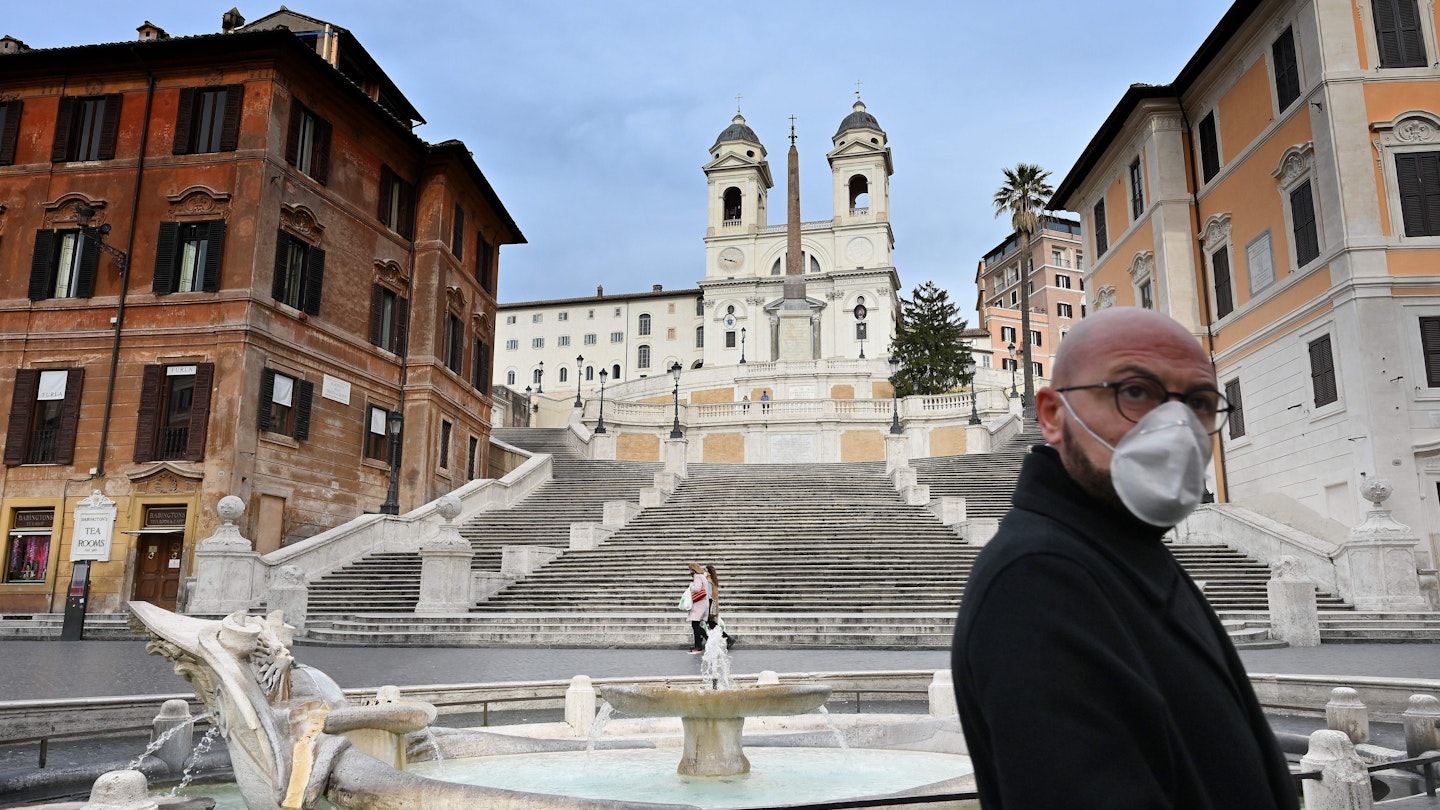Coronavirus in Italy
The COVID-19 pandemic has severely impacted Italy, which currently ranks as the worst affected country in Europe. The numbers are continually evolving; however, more than 15,000 cases and nearly 2,000 deaths have been reported, particularly in the northern regions such as Lombardy, Emilia-Romagna, and Veneto.
To control the spread of the virus, the Italian government has implemented unprecedented measures. All museums, cultural sites, ski resorts, restaurants, clubs, bars, and non-essential shops have closed. Additionally, social gatherings are banned, and non-essential travel is prohibited. Movement within the country is restricted to work or health reasons or to return home.
What’s it like in Italy right now?
In summary, it feels unusual. The streets are considerably quieter than usual, yet people are still present during the day, creating an eerie stillness. It’s akin to the volume being muted from a lively level to a whisper.
This pandemic is the primary topic of conversation, dominating everyday interactions and broadcasting channels across Italy.
Nevertheless, life continues. Schools may be closed, but online lessons are keeping students engaged, and street cleaning persists. The postal service operates, and fresh goods, like bread, are delivered to local shops each morning, albeit with queueing protocols for safety. Takeaway pizza remains available to indulge cravings.
The atmosphere feels subdued; however, citizens quickly adapt, fostering a spirit of unity under the banner of ‘we’re all in it together.’ Social media users are actively engaging with hashtags like #iorestoacasa (#imstayingathome).
What’s the advice?
Traveling to Italy is not advisable at this moment. Once the coronavirus crisis stabilizes and major attractions and museums reopen, it will be an ideal time to plan visits.
While travel in Italy remains possible — with buses and trains operating, alongside most airports — any undertaken journey requires completion of a form stating the purpose of your travel. This documentation must be presented at various checkpoints located at airports, train stations, and major roadways.
Various nations are currently advising against travel to Italy. Authorities from the United Kingdom and the United States are issuing caution against all but essential travel. Similarly, Australia is suggesting that travelers ‘reconsider’ plans to visit Italy.
Flight cuts
Due to the evolving situation, many airlines have halted flights to and from Italy. Major carriers such as British Airways, Ryanair, EasyJet, Air France, and Norwegian Air have ceased operations. Likewise, American Airlines and Delta have suspended all flights, and Emirates has reduced its services.
Italy’s principal airline, Alitalia, has paused all flights to and from Milan’s Malpensa Airport, which serves as its main northern hub.
In Rome, Ciampino Airport has closed, while Terminal 1 at Fiumicino Airport — the primary intercontinental entryway for Italy — will temporarily shut down from March 17.
An increasing number of countries have implemented flight bans concerning Italy, including Spain, Portugal, Denmark, and Canada. If you hold flight reservations, it is advisable to contact your airline or travel agent for detailed updates.
Travel bans
The Australian and US governments have initiated travel bans. In the US, this affects travelers from the UK, Ireland, and all other Schengen countries; in Australia, it pertains to those traveling from Italy and three other nations. However, citizens, permanent residents, and immediate family returning home are exempt from the bans, although they are advised to self-quarantine for a duration of 14 days.
This article was initially published on March 13 and updated on March 16, 2020.
The novel coronavirus (Covid-19) has emerged as a global pandemic, bringing significant implications for travelers worldwide.




